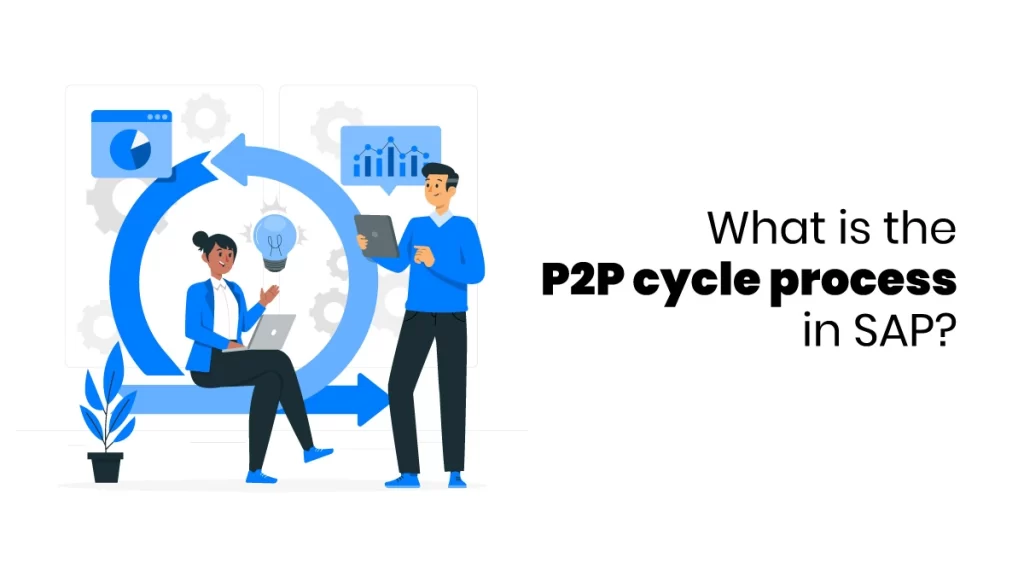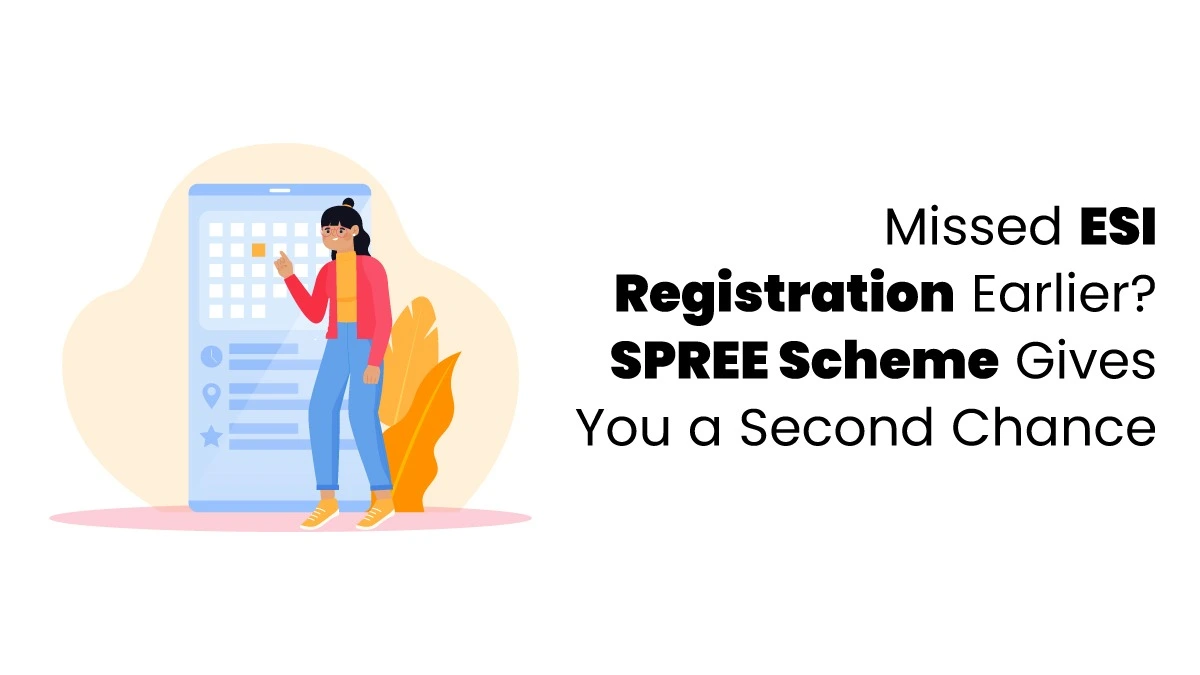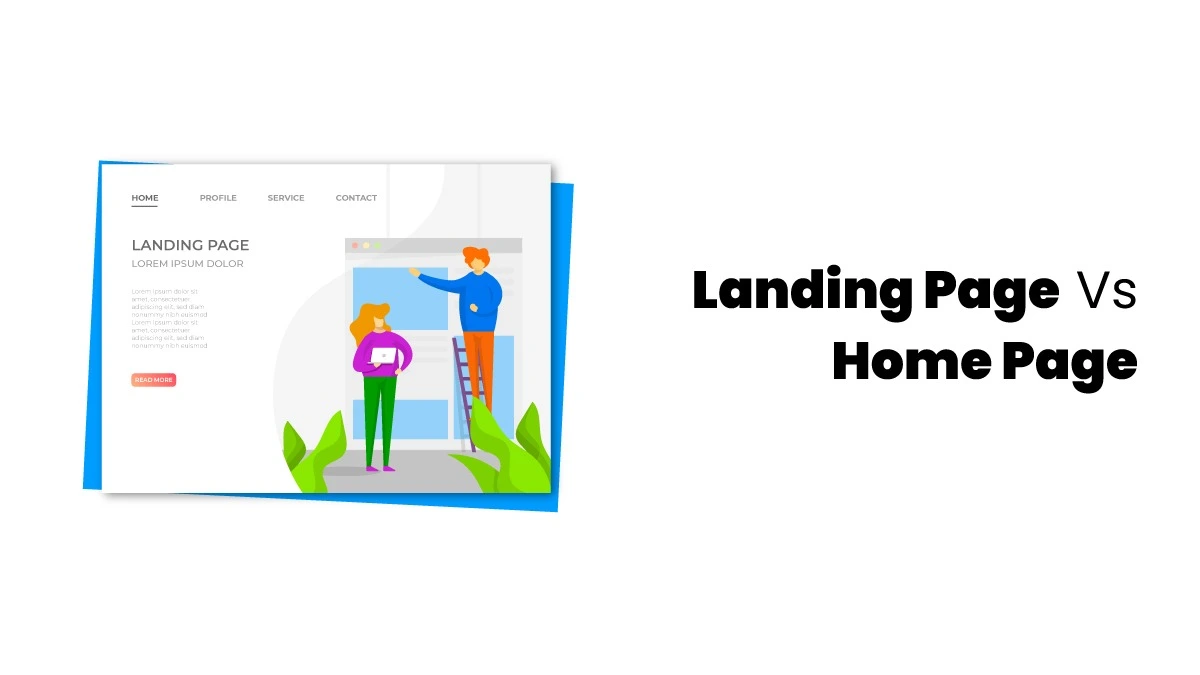All businesses and corporations strive to enhance their financial performance. Broadly, achieving this goal involves boosting revenue or minimising costs. Increasing revenue is often challenging in the current competitive market landscape; enterprises increasingly examine their sourcing and procurement functions to identify cost-reduction opportunities and control spending. For these organisations, the procurement process holds significant importance. This blog clarifies an enterprise’s Purchase-to-Pay (P2P) or P2P cycle process in SAP, emphasising its critical role in achieving financial optimization.
Understanding P2P cycle process in SAP
The P2P process in SAP becomes essential when our company intends to acquire materials or services from an external vendor. This comprehensive procedure encompasses all business activities, commencing with creating a purchase requisition (PR) and concluding with the payment settlement to the vendor.
The Procure-to-Pay process within SAP is typically divided into some sub-processes, each playing a crucial role in the seamless execution of procurement activities. These sub-processes are:
Identification of Requirements
The initiation of the procurement process involves pinpointing material requirements. The user department can communicate these needs to the Purchasing department through a purchase requisition. This requisition can be created in two ways:
- Directly – Manually: Individuals specify the required materials’ type, quantity, and timing.
- Indirectly – Automatically: Material requirements are generated through automated processes such as Material Requirements Planning (MRP), Production Orders, Maintenance Orders, or Sales Orders.
Determining the Source of Supply
Utilising the SAP System, the buyer leverages tools to identify potential sources of supply. This determination can lead to requests for quotations (RFQs), enabling the entry of quotations. Access to existing purchase orders and conditions within the system is also facilitated.
Selecting a Vendor
The system streamlines the vendor selection process by facilitating price comparisons among quotations. Automated features assist in sending rejection letters to non-selected vendors, ensuring a smooth and efficient vendor selection process.

Efficient Purchase Order Creation
The system streamlines data entry with intuitive aids, facilitating the creation of precise purchase orders. A purchase order is a formal request to vendors to supply goods or services under specified conditions. It includes details on whether the material is intended for stock or direct consumption, such as allocation to a cost center, asset, or project. Typically, goods receipt and invoice verification align with the purchase order details.
Real-Time Purchase Order Monitoring
Buyers can easily monitor the live processing status of purchase orders, determining whether goods or invoices have been received for specific purchase order items. The system supports reminder procedures for timely follow-up on pending actions.
Accurate Goods Receipt Management
The system compares goods receipt quantities with purchase order quantities. Users often link their actions to the original purchase order when entering incoming deliveries by referencing the vendor-provided delivery order. This approach minimises data entry efforts. SAP’s functionality also enables tracking the remaining open quantity for receipt, with the option to set tolerance levels for effective contrast management.
Invoice Verification
This critical step involves scrutinising vendor invoices to ensure the accuracy of prices and contents. The process of validating invoices and disbursing payments to vendors is known as invoice verification. When conducting Invoice Verification in SAP, reference is made to either the Purchase Order or Goods Receipt document. SAP conducts comprehensive checks to prevent overpayment or underpayment to the vendor. Once this verification is completed, the Material Management (MM) Cycle concludes, paving the way for the subsequent step, “Payment Processing,” which falls under the Financial Accounting (FI) Module.
Payment Processing
The responsibility for vendor payments typically falls within the purview of Financial Accounting. This phase involves the verified invoices’ actual disbursement of funds to vendors. It marks the final stage in the seamless financial workflow, ensuring that all procurement transactions are accurately recorded and settled.
All these steps help one to understand the P2P process in SAP. To learn more about SAP, learning an SAP course allows one to acquire a thorough knowledge of the industry. Finprov is an ed-tech institute that offers various accounting courses, including SAP training courses in Kochi and SAP courses online. Our program provides the versatility of both online and offline learning options. With a team of experienced instructors, interactive sessions, and continuous mentorship available 24/7, our commitment is to empower learners in seamlessly applying SAP concepts to real-world situations.
Tailored for finance and accounting professionals seeking career advancement, our courses deliver hands-on training, culminating in an SAP certification upon successful completion. The scope of SAP is increasing more in demand day by day. So, join Finprov Learning to embark on a journey that expands your knowledge and positions you for excellence in the dynamic field of accounting and finance.










